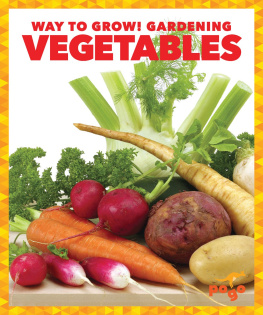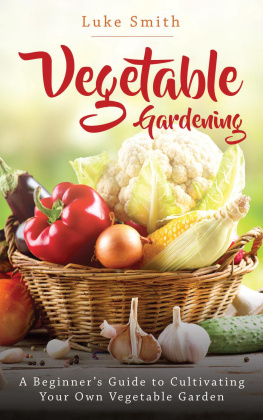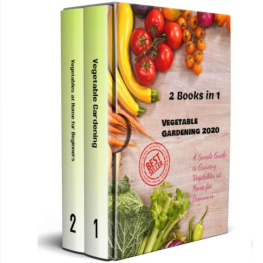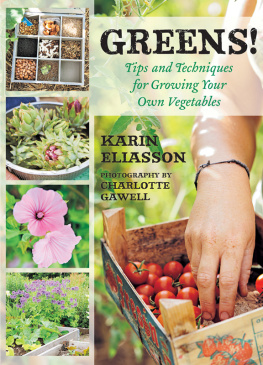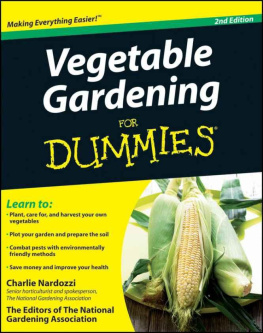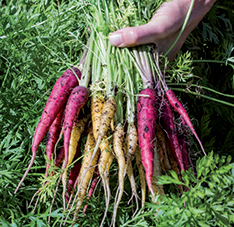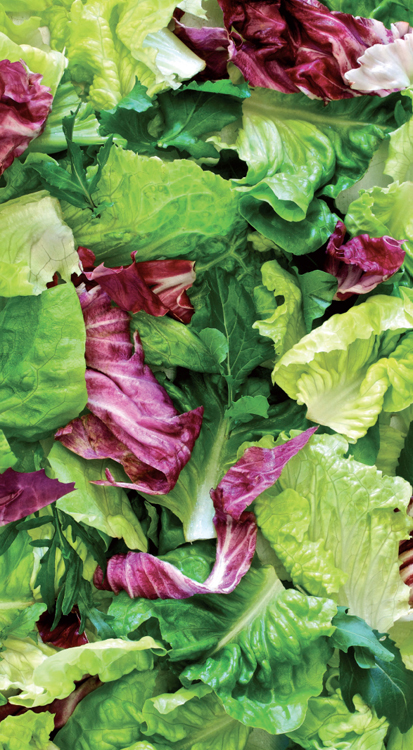Vegetables are best eaten when fresh, in season, and preferably locally sourcedbetter for us, better for the environment, and better still if you grow your own vegetables. But what do you do when you find yourself with a bumper crop and a surplus of your favorite vegetable? Canning, drying, salting, and pickling are excellent ways to make full use of your bounty and extend the eating time and freshness of your vegetables throughout the year.
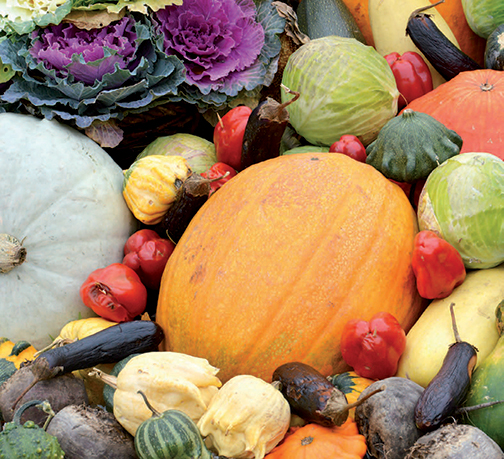
PICKLING, DRYING, AND SALTING
One of the simplest and easiest ways to preserve foods is to pickle them in acidic liquids, typically vinegar, lemon juice, or lactic acid, which inhibit the growth of bacteria. Pickles have a shelf life in the refrigerator of one month. Sun-drying is the oldest method for preserving foods; today this is done safely and easily in a food dehydrator or in a regular oven at a very low heat. The drying process removes moisture from the fresh vegetable and suppresses the growth of bacteriathis can also mean a loss of some vitamins, minerals, and other nutrients. Salting is an economical way to preserve vegetables while retaining most of their nutrients. Depending on the recipe, the salting process involves adding higher or lower levels of salt mixed with water or vinegar. Salting and drying are not for everyone, as the resulting foods have a salty taste and/or require soaking before eating.
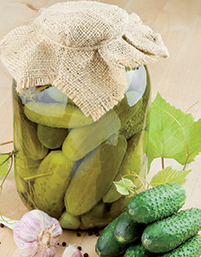
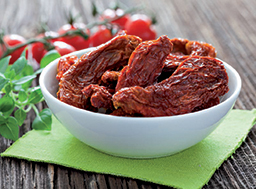
Pickled cucumbers and sun-dried tomatoes
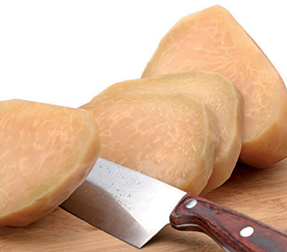
Salted kohlrabi
BENEFITS OF CANNING
Of all the methods for preserving vegetables, canning best retains the original flavor, texture, color, and versatility of the fresh vegetable. Canning vegetables offers a low-cost, healthy food source with an extended shelf life. When processed at their peak, canned vegetables retain their nutritional content. In some cases the beneficial properties of vegetables such as carrots, corn, pumpkins, and tomatoes are actively boosted by canning. Home-canned vegetables contain only what you decide to put into the jars; they are free from preservatives, stabilizers, and any other additives, and you are in full control over the salt and/or sugar content, if any. In addition the glass jars used in home canning contain none of the harmful chemicals associated with some commercially canned goods, the packaging is reused, and the whole process leaves a very small carbon footprint.
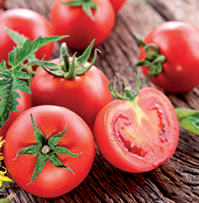
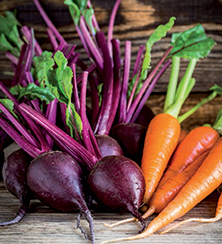
Vegetables harvested at their peak
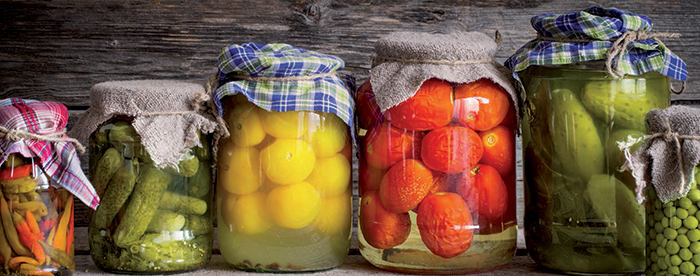
Pickled and canned vegetables
CANNING AND FOOD SAFETY
The prime consideration in home canning is food safety. Pressure canning is by far the safest method, and is the best assurance against heat-resistant, potentially deadly botulism (Clostridium botulinum), which can contaminate underprocessed home-canned vegetables. Unlike fruits and tomatoes, which are high-acid foods, vegetables are low-acid with a pH value greater than 4.6. Clostridium botulinum loves a low-acid, low-oxygen, moist environment, so in order to safely process canned vegetables they must be pressurized to a temperature of 240F. Altitude is also a factor to consider when canning low-acid foods, since water boils at lower temperatures in higher altitudes. In addition, dial gauges must be checked for accuracy before each canning session. In any case, whichever method you choose, sterilized equipment in proper working order is a must. Before canning at home, it is advisable to check the United States Department of Agricultures Complete Guide to Home Canning, or visit the National Center for Food Preservation website.



